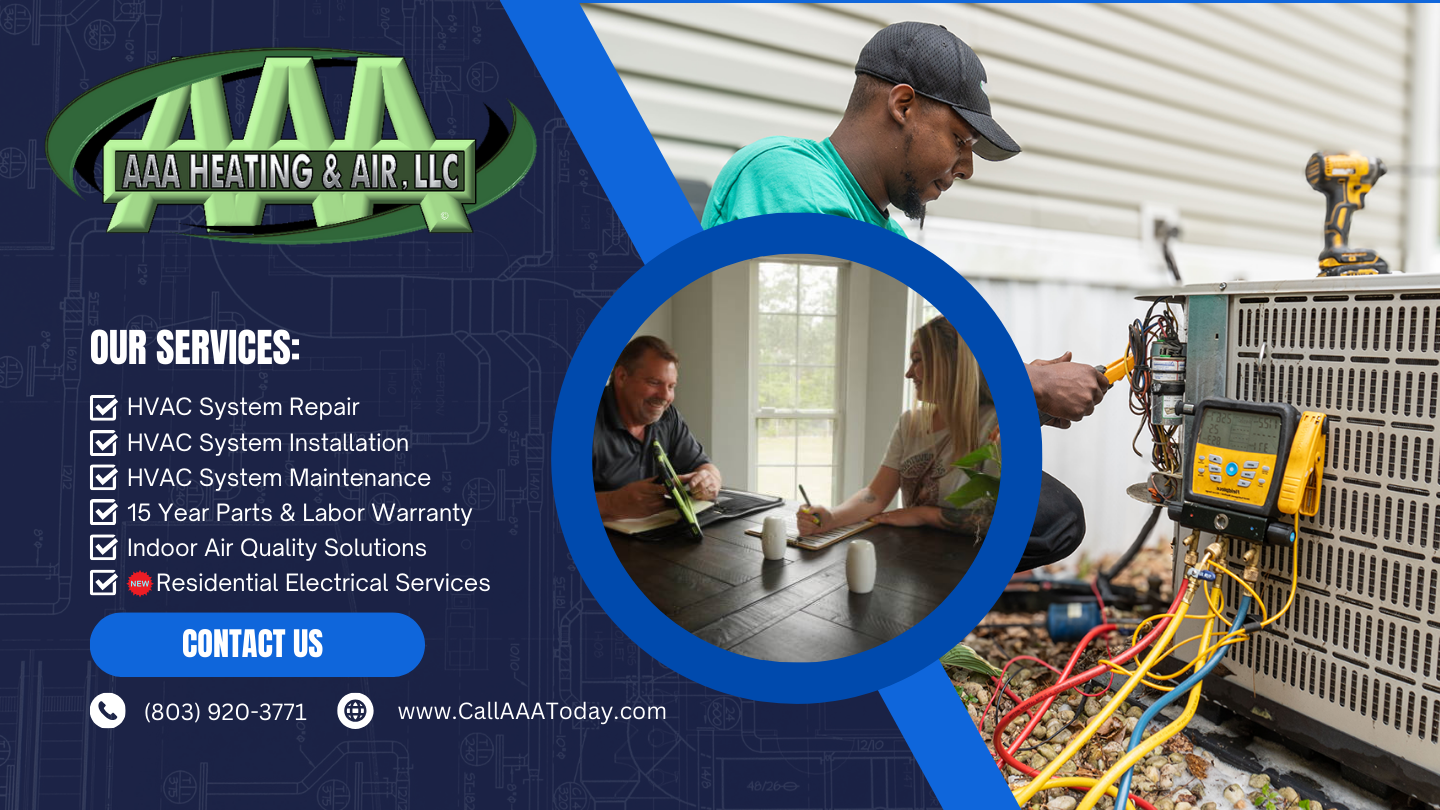Thermostat Lifespan and Troubleshooting
Thermostats are essential devices that control the heating and cooling systems in our homes, ensuring a comfortable living environment. However, like any other piece of technology, they can experience problems and eventually stop functioning reliably. In this article, we will delve into the average lifespan of thermostats, common issues with analog, digital, and smart thermostats, reasons for their unreliability, and the best replacements to keep your home’s temperature perfectly balanced and energy-efficient.
Average Lifespan of Thermostats
Thermostats typically last between 10-15 years, depending on the type and maintenance. Analog thermostats tend to last the longest due to their simple design, while digital and smart thermostats may have a shorter lifespan due to their more complex technology and potential software issues.

Common Issues with Analog, Digital, and Smart Thermostats
Analog Thermostats: Common issues with analog thermostats include dust accumulation, corrosion, and mechanical wear, which can lead to inaccurate temperature readings and poor performance.
Digital Thermostats: Digital thermostats can experience problems such as display malfunctions, connectivity issues, and software glitches, which may cause them to stop functioning reliably.
Smart Thermostats: Smart thermostats, while offering advanced features, can encounter problems with Wi-Fi connectivity, software updates, and compatibility issues with other smart devices.
Reasons for Unreliability
Thermostats can become unreliable due to various factors, including:
-
Age: As thermostats age, their components may wear out, leading to decreased performance.
-
Poor maintenance: Inadequate maintenance can result in dust accumulation, corrosion, and other issues that can impact the thermostat’s reliability.
-
Power surges: Electrical surges can damage the internal components of a thermostat, causing it to malfunction.
-
Incorrect installation: Improper installation can lead to wiring issues and poor performance.
Troubleshooting Thermostats
Troubleshooting the various types of thermostats can be a complex task, as different types of thermostats have different problems and solutions. Let us briefly explore common issues with various types of thermostats and how to troubleshoot them.
-
Mechanical/Analog Thermostats: These thermostats are simple and usually have a dial or slider to adjust the temperature. Common issues include incorrect temperature readings and poor calibration. To troubleshoot, you can try recalibrating the thermostat by following the manufacturer’s instructions or replacing the batteries if it has a digital display.
-
Digital Thermostats: These thermostats have a digital display and can be programmable. Common issues include incorrect temperature readings, unresponsive controls, and connectivity problems with smart home systems. To troubleshoot, check the batteries, ensure the thermostat is properly connected to the HVAC system, and reset the thermostat to its default settings.
-
Smart Thermostats: These thermostats are connected to the internet and can be controlled remotely. Common issues include connectivity problems, software glitches, and compatibility issues with smart home systems. To troubleshoot, ensure the thermostat is connected to the internet, update the software, and check for compatibility with other smart home devices.
-
Line-Voltage Thermostats: These thermostats are used with electric baseboard heaters and radiant heating systems. Common issues include incorrect temperature readings and faulty wiring. Line-Voltage Thermostats operate on 120V to 240V. If your line-voltage thermostat is believed to be a problem, it is recommended that you call a professional to have it serviced.
-
Low-Voltage Thermostats: These thermostats are used with central heating and cooling systems. Common issues include incorrect temperature readings, unresponsive controls, and wiring problems. To troubleshoot, check the wiring connections, replace any damaged wires, and ensure the thermostat is properly calibrated.
Successfully troubleshooting different types of thermostats requires a thorough understanding of their specific issues and solutions. By following the manufacturer’s instructions and addressing common problems, you can ensure that your thermostat is functioning properly and providing optimal comfort in your home.
Best Replacements for Thermostats That Have failed
When it’s time to replace a faulty thermostat, consider upgrading to a more advanced and energy-efficient model. Some of the top thermostat replacements include:
-
Programmable Thermostats: These thermostats allow you to set a schedule for your heating and cooling system, helping you save energy and reduce your utility bills.
-
Digital Thermostats: Digital thermostats offer improved accuracy and a user-friendly interface, making it easy to adjust your home’s temperature.
-
Smart Thermostats: Smart thermostats provide advanced features such as remote control, energy usage tracking, and compatibility with other smart home devices, making them an excellent choice for tech-savvy homeowners.
Thermostat Lifespan and Troubleshooting Conclusion
Understanding Thermostat Lifespan and Troubleshooting common issues, and the best replacements for old thermostats is crucial for maintaining a comfortable and energy-efficient home. By regularly inspecting your thermostat and replacing it when necessary, you can ensure that your heating and cooling systems operate at peak performance, keeping your living environment cozy and your energy bills in check.
Thermostat Lifespan and Troubleshooting Assistance
Thermostat lifespan and troubleshooting is an issue that can and will directly impact your home’s overall comfort and the size of your electric bills. For professional assistance with thermostat lifespan and troubleshooting issues, call AAA Heating & Air, LLC. today at (803) 920-3771, or CLICK HERE to use the online form to request assistant right now.

Written by: Jared M. Sewell

